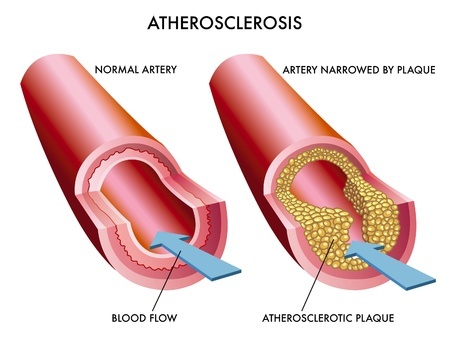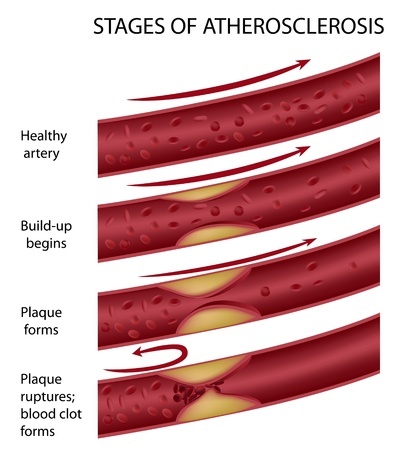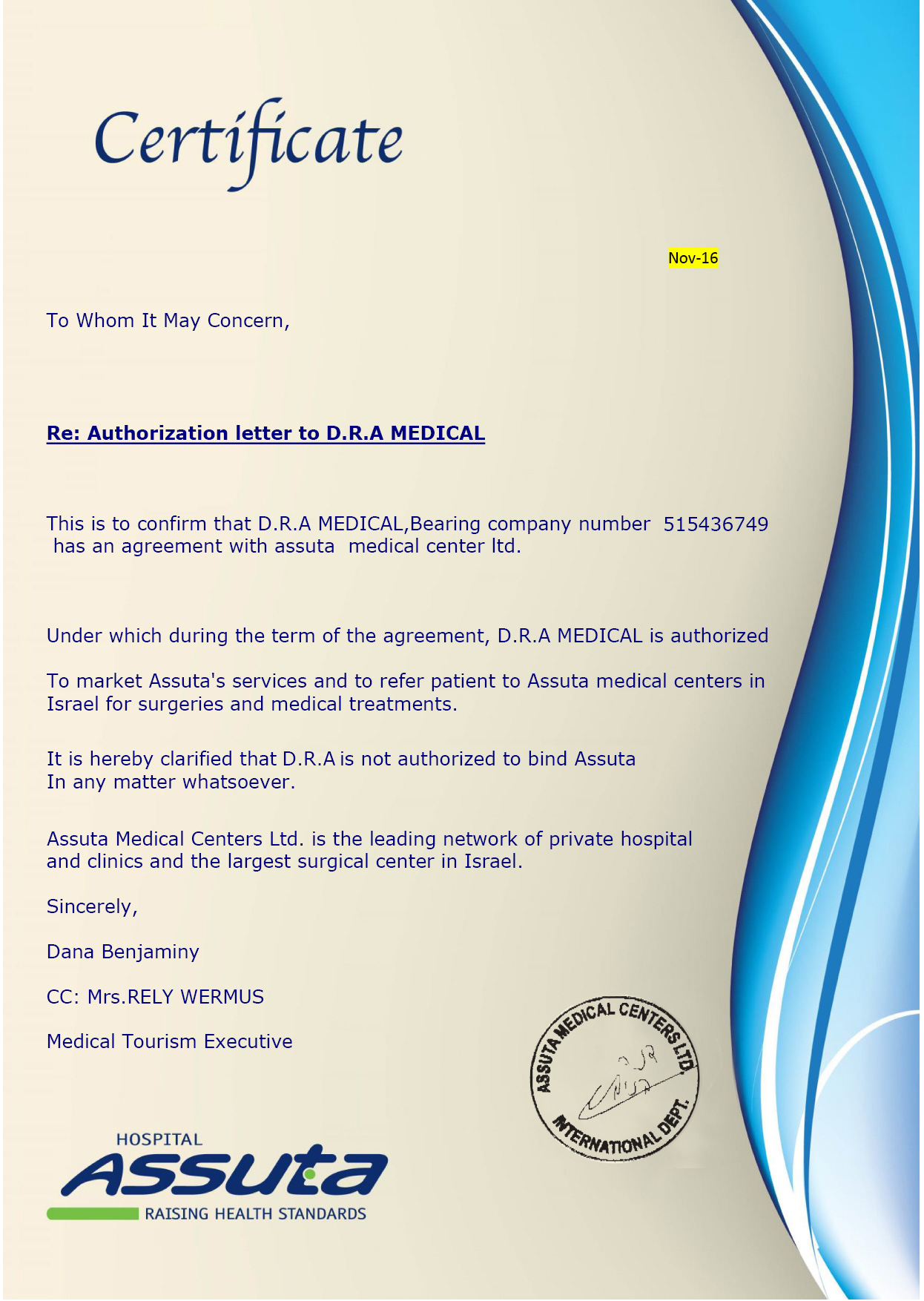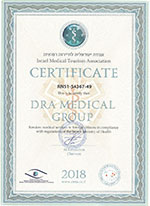Overview
Aortoiliac disease is a condition wherein there is a significant occlusion or narrowing of the iliac arteries. The iliac arteries are a group of arteries that are mainly found in the pelvic area and are responsible for supplying the much needed blood to the limbs. Aortoiliac disease involves the accumulation of plaque or atherosclerosis along the walls of the iliac arteries. These plaques weaken the arteries thus leading to the loss of their elasticity. With that, they are unable to perform their usual functions and also look and feel abnormal upon inspection and palpation.The plaque along the walls of the iliac arteries serves as a block causing the normal blood flow towards the limbs to be abnormal. This causes the limbs to experience ischemia or deprivation of oxygen supply. It is known that the blood carries oxygen to various parts of the body. If blood flow is compromised to a certain area, the same goes for the oxygen supply. This can lead to pain, discomfort, weakness and even development of skin problems like sores and if continuously left untreated, necrosis and gangrene. Necrosis is a defined as cell death or cell injury. Gangrene or what is commonly known as tissue death is the end result of necrosis and can even lead to total amputation of the affected limb.

Symptoms
Early symptoms include pain, discomfort and fatigue or weakness of the limbs. These symptoms are known to worsen upon performance of activity. Late symptoms which appear if the condition is already severe and left untreated include unbearable pain, cold feel of the legs and even lack of sensation in the affected area. Wounds and sores start to appear and the entire leg muscles become too weak.
Risk Factors
The risk factors for aortoiliac disease include persistently elevated high blood pressure and high cholesterol levels. Sedentary lifestyle often linked to obesity is also associated with the said condition. Smoking can also affect the elasticity of the arteries in general thus it can also be considered as a risk factor.
Diagnosis
One of the diagnostic tests to determine the presence of this condition is known as the Doppler Ultrasound. This assists in determining the quality of blood flow together with the contour and structure of the vessels. This uses a transducer along the blood vessels. Another non-invasive diagnostic test is the ABI or Ankle Brachial Index. This is done through the blood pressure taking of the arms and the ankles. A significant difference between the two values can indicate possible aortoiliac disease.The more invasive diagnostic test is the Angiography which involves the use of contrast dye and xray to clearly visualize the structure of the arteries and easily localize the possible problem.










